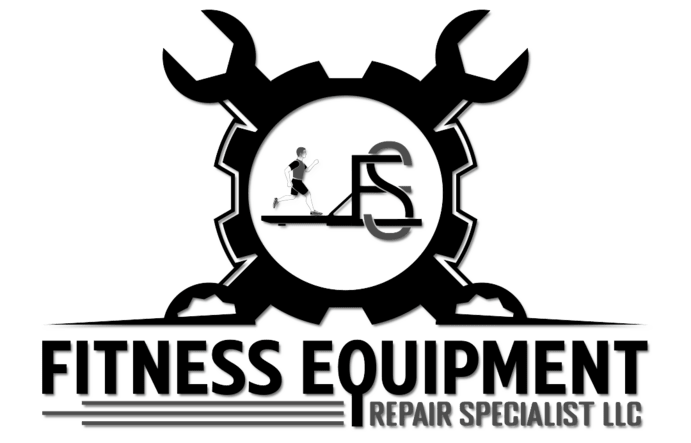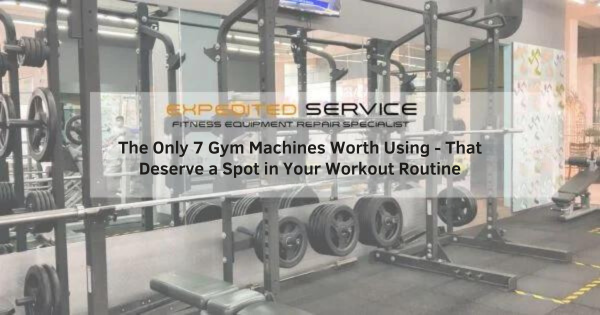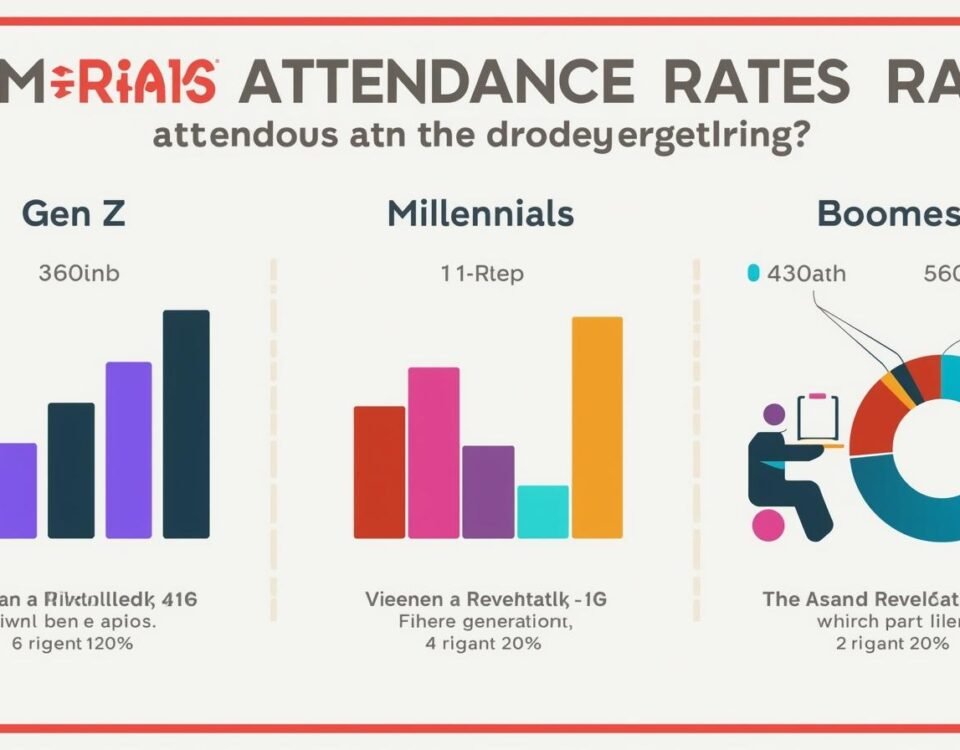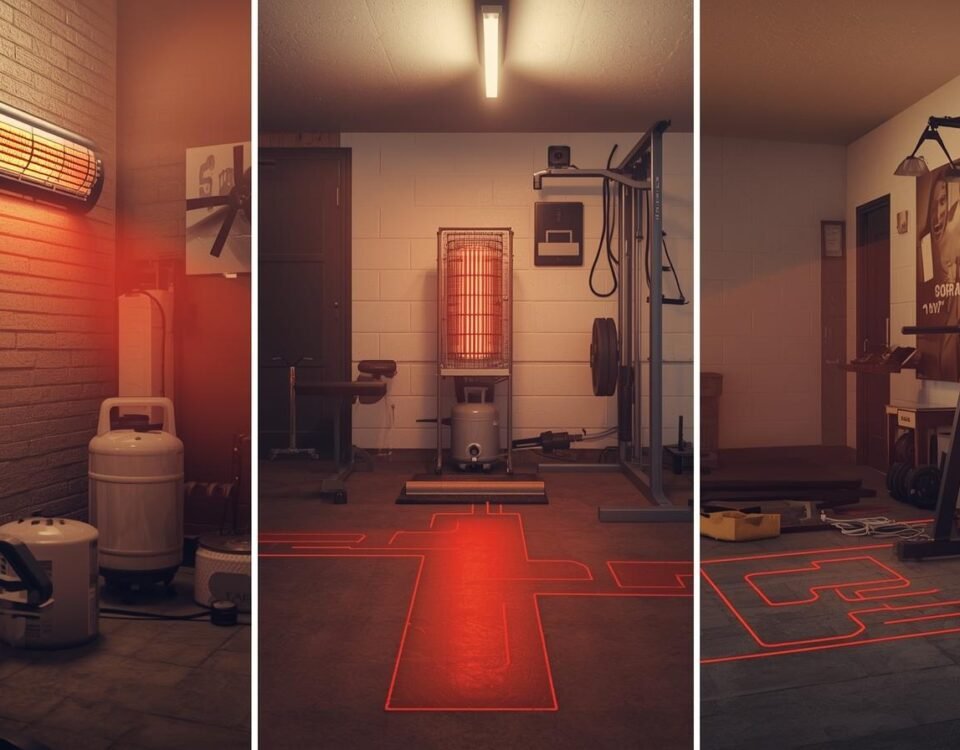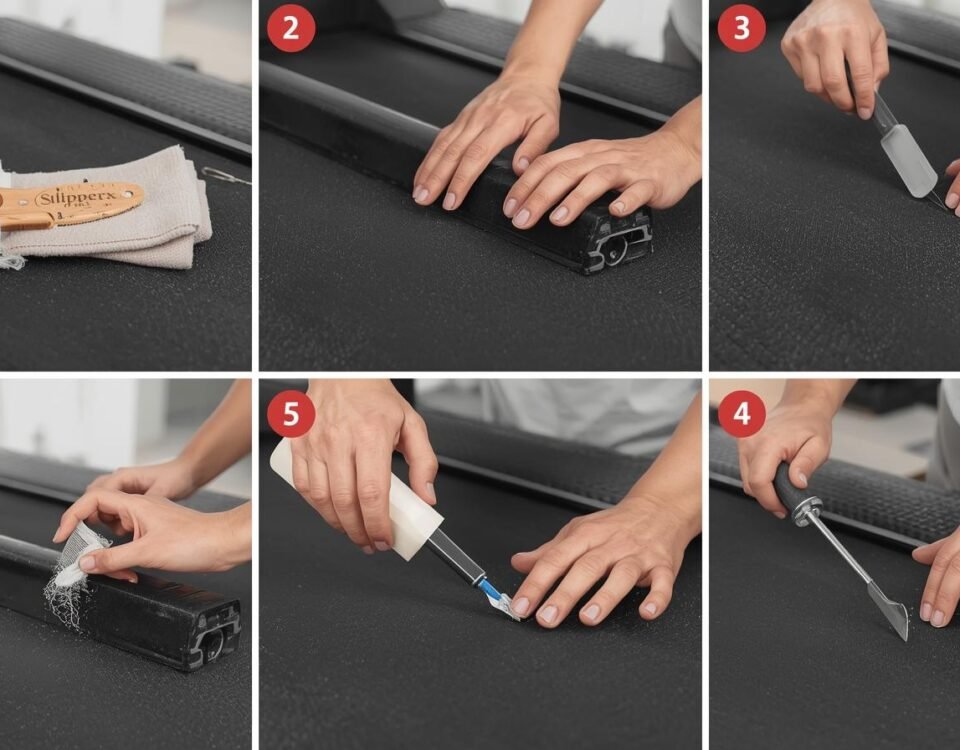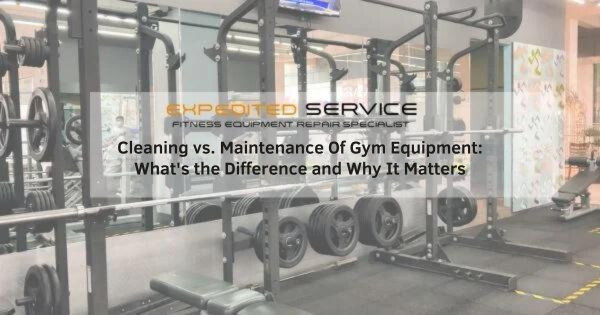
Cleaning vs. Maintenance Of Gym Equipment: What’s the Difference and Why It Matters
June 9, 2024
How Has Gym Equipment Changed Over Time? A 1200-Year Journey
June 11, 2024The gym floor can be a daunting landscape, overflowing with an intimidating array of machines. While catchy headlines might proclaim there are only 7 “worth using,” a more nuanced approach is necessary. This guide explores the 7 gym machines that offer a strong foundation for various fitness goals, but emphasizes the importance of tailoring your routine to your individual needs and preferences!
Building a Strong Foundation “The 7 Versatile Machines”
- Lat Pulldown:
The lat pulldown machine is a gym staple for a reason. It effectively targets the latissimus dorsi muscles, those broad muscles across your upper back that give you that coveted V-shape. A strong back is essential for good posture, reducing the risk of lower back pain, and supporting other exercises. The lat pulldown offers a safe and controlled way to build back strength, mimicking the pull-up motion for those who may find pull-ups challenging. Here are some additional points to consider:
- Variations: Experiment with different grips (wide, narrow, neutral) to target different portions of your back muscles.
- Progression: As you get stronger, increase the weight or decrease the reps (perform fewer repetitions with heavier weight) to keep challenging your muscles.
- Form Matters: Keep your core engaged, back straight, and avoid excessive shoulder movement. Pull with your back muscles, not your biceps.
- Cable Machine (Multipurpose):
The cable machine isn’t just one machine; it’s a category of extreme versatility. With various attachments (straight bars, V-bars, ropes, stirrups), you can target a wide range of muscle groups, making it a true one-stop shop for many exercises. Here’s what makes it great:
- Multi-joint Movements: Many cable exercises are compound movements, engaging multiple muscle groups at once, maximizing efficiency and building functional strength.
- Constant Tension: The cable system provides constant tension throughout the exercise, unlike free weights, where tension may decrease at the top or bottom of the movement. This leads to greater muscle engagement and improved results.
- Customization: Adjust the cable height and attachment to target specific muscle groups with a high degree of customization.
- Chest Press:
The chest press is a classic machine that strengthens your pectorals (chest muscles) and triceps (back of the upper arm). It provides a safe and controlled way to build upper body pushing strength, crucial for everyday activities like pushing yourself out of a chair or lifting groceries. However, be mindful of these points:
- Muscle Imbalance: Overreliance on chest press can lead to muscle imbalances. Be sure to incorporate pulling exercises like rows or pull-ups to balance your chest development and maintain good posture.
- Incline/Decline Variations: Don’t be limited to the flat chest press. Incline presses target the upper chest, while decline presses focus on the lower chest. Experiment with different angles to achieve a more well-rounded chest workout.
- Form is Key: Maintain a neutral spine, retract your shoulder blades, and push with your chest muscles, not your shoulders.
- Seated Leg Press:
The seated leg press strengthens your quadriceps (front of the thigh) and glutes (buttocks). It’s a safe and accessible option for beginners or those recovering from injuries, as it minimizes stress on your back and core. However, consider these points for a more complete leg workout:
- Limited Range of Motion: The seated position may not fully engage all leg muscles, particularly your hamstrings. Consider squats, lunges, or leg press variations with your feet higher on the platform to target a wider range of leg muscles.
- Weight Distribution: Ensure proper weight distribution across the entire footplate to avoid putting undue stress on your knees.
- Progression Options: Increase the weight, decrease the reps, or hold the weight at the bottom of the movement for a brief pause to challenge your quads further.
- Leg Extension:
The leg extension machine isolates the quadriceps, allowing for targeted training. This can be beneficial for:
- Rehabilitation: If you’ve experienced quad weakness or injury, the leg extension can help isolate and strengthen the quads in a controlled environment.
- Quad Development: For those wanting to build sculpted quads, leg extensions can be a valuable tool alongside squats and lunges.
However, overuse of leg extensions can lead to hamstring tightness. Here’s why:
- Muscle Imbalance: Overemphasis on quads without training hamstrings can lead to muscle imbalances and increased risk of injury. Be sure to incorporate hamstring exercises like hamstring curls or deadlifts to maintain balance.
- Hamstring Curl:
The hamstring curl machine targets the hamstrings (muscles on the back of the thigh). Strong hamstrings are crucial for balance, posture, and running performance. Weak hamstrings can contribute to lower back pain and hamstring injuries. Here’s what makes the hamstring curl so beneficial:
- Injury Prevention: Strong hamstrings counterbalance the quadriceps, reducing the risk of hamstring tears and other lower body injuries.
- Improved Flexibility: Regularly stretching and strengthening your hamstrings improves flexibility, which is essential for everyday activities like bending over to tie your shoes or picking things up from the floor.
- Rowing Machine:
The rowing machine offers a fantastic full-body workout, engaging your back, core, legs, and arms. It’s a fantastic cardio option, improving cardiovascular health and burning calories. Here’s what makes rowing so beneficial:
- Low-Impact Cardio: Unlike running or jumping jacks, rowing is a low-impact exercise, making it gentle on your joints but still providing a challenging workout.
- Functional Movement: The rowing motion mimics a natural pulling motion used in many daily activities and sports. This translates into improved functional strength.
- Posture Benefits: Proper rowing form requires a strong core and promotes good posture, reducing the risk of back pain.
It’s All About You & Personalizing Your Workout
While these 7 machines provide a solid foundation, remember – the “best” machines depend on your individual goals and limitations. Here’s how to personalize your routine:
- Identify Your Goals: Are you aiming for strength training, muscle building, weight loss, improved cardiovascular health, or a combination?
- Consider Your Fitness Level: Choose machines that offer appropriate weight adjustments and challenge you without compromising form.
- Listen to Your Body: Don’t be afraid to experiment! Find machines that feel comfortable and allow you to maintain proper form throughout the exercise.
- Incorporate Free Weights: Free weights offer greater exercise variation and functional movement patterns compared to machines. Consider combining machine exercises with free weights for a well-rounded workout.
The gym experience extends far beyond the machines themselves. A complete workout routine incorporates several additional factors. Always dedicate time to a warm-up consisting of dynamic stretches and light cardio to prepare your body for weightlifting. After your workout, prioritize static stretches to improve flexibility and reduce the risk of injury. Cardiovascular health is crucial, so don’t neglect activities like running, swimming, or HIIT (high-intensity interval training) alongside your strength training regimen. Proper form is paramount throughout your workout. Focus on controlled movements, targeting the intended muscle groups. Don’t hesitate to seek guidance from a trainer if unsure about proper form to avoid injury and maximize results. Finally, remember that rest and recovery are essential. Give your body adequate rest days between workouts to allow for muscle growth and repair. This holistic approach to fitness will help you achieve optimal results and reach your full potential.
Conclusion: A Toolbox Of 7 Gym Equipment for Fitness Success
These 7 machines offer a strong foundation for building a well-rounded physique and improving your overall fitness. As you get stronger and more comfortable, explore variations, progressive overload (gradually increasing weight or difficulty), and incorporate free weights into your routine for a truly customized and effective workout plan. Remember, consistency is key! Make the gym a regular part of your life, and you’ll be well on your way to achieving your fitness goals. If any of your equipment needs servicing, NJ Fitness Equipment Repair is there to keep everything in optimal condition.
Frequently Asked Questions – FAQs
Is there really only 7 “good” gym machines?
No, the “best” machines depend on your individual fitness goals and needs. This guide offers 7 versatile options to build a foundation.
What’s the most important factor in choosing machines?
Focus on machines that allow proper form & target your desired muscle groups. Consider your fitness level and goals when selecting machines.
Should I only use machines at the gym?
Machines offer a good starting point, but incorporating free weights & cardio exercises creates a more well-rounded routine.
What’s a good warm-up before using machines?
Dynamic stretches & light cardio for 5-10 minutes are ideal to prepare your body for weight training.
Do I need to stretch after using machines?
Yes! Static stretches after your workout improve flexibility and reduce injury risk.
Is cardio important even if I use machines for strength training?
Absolutely! Cardio exercises improve cardiovascular health, burn calories, and complement your strength training.
What’s the deal with proper form?
Proper form is crucial to prevent injury and maximize results. Focus on controlled movements & target the intended muscles.
